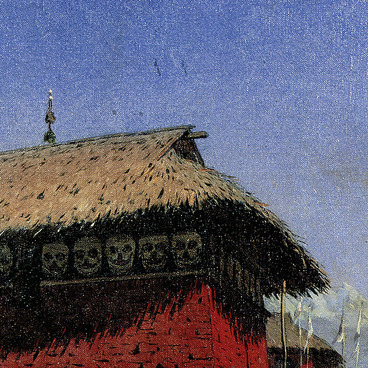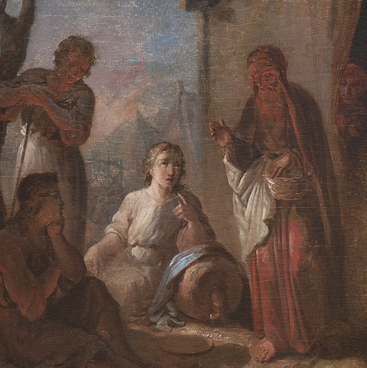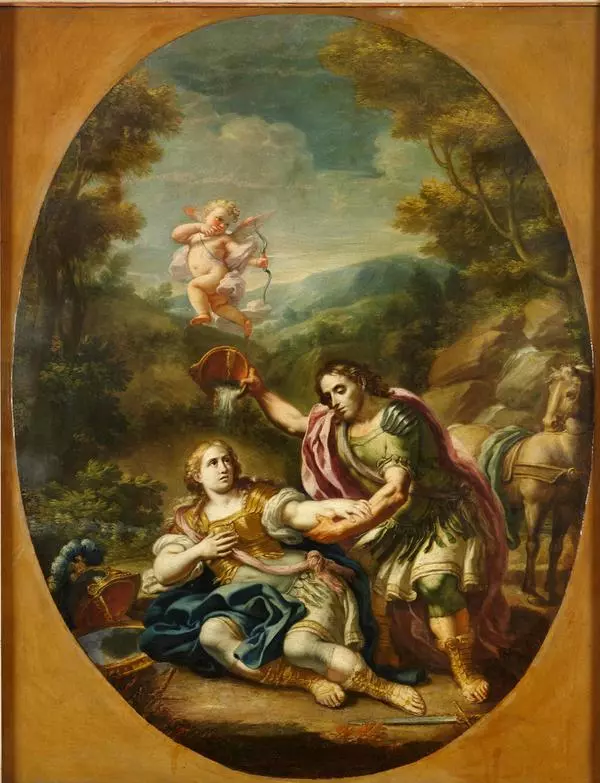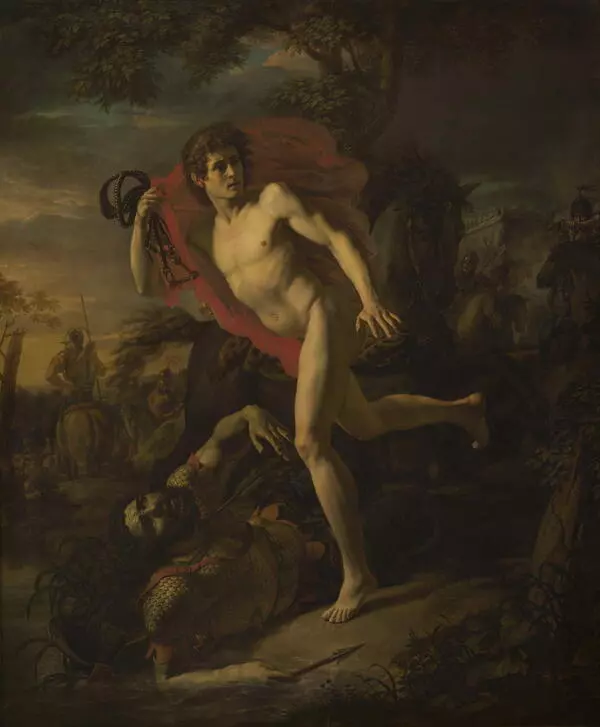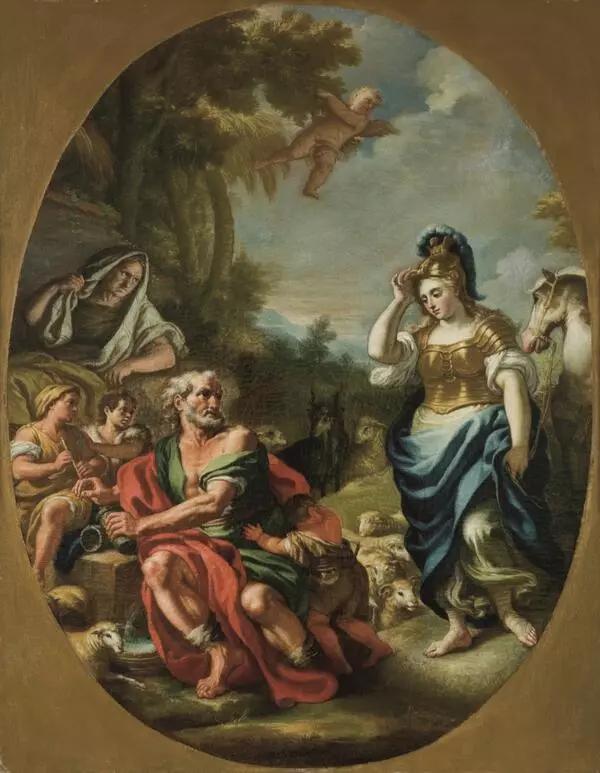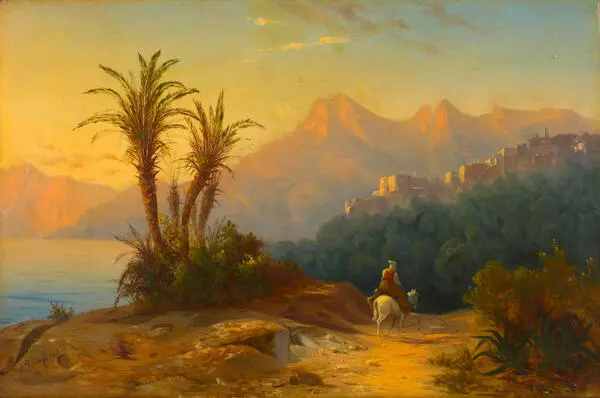Artist Anton Ivanovich Ivanov, a bondman of landowner Domashnev, is little known. He was a student of the Chernetsov brothers, who later bought him out of bondage. Having made a trip along the Volga, the artist created a number of works that are distinguished by an accurate, realistic rendering of the places he saw. He went away from Russia in 1846, having left with the Chernetsovs for Italy, and stayed there until the end of his life.
Russian artists who lived abroad and continued their education there developed a kind of tradition throughout the 19th century - to paint Christian holy sites. In Italy, the artist did not leave his passion for landscape painting, the Volga views were replaced by images of mountains and ancient temples of this southern country. The Temple of Vesta in Tivoli is one of them. Painted is a beautiful corner in the vicinity of Rome, Tivoli, famous for its architectural monuments. The depicted temple of Vesta, built in the 1st century B.C. and dedicated in Roman mythology to the goddess of the hearth, is quite famous and described. By the 19th century, the temple building was significantly destroyed and did not preserve many details of the previous design.
A mountain view with the ruins of ancient buildings has always been an example of the majestic and sublime. Ivanov gives this subject a new interpretation. Raised to a high base, harmonious in proportion, with a slender and strict colonnade filled with light, the temple dominates the landscape. Its quiet outlines against the backdrop of the soft contours of the mountains contrast with the dynamics created by the lines of the bridge, diagonals of props, uneven slopes of the cliff and the bend of the road. The vertical format of the canvas enhances the feeling of depth of the gorge, at the same time raising the location of the temple and making it flush with the set of the hills.
The composition requires careful peering at the work: the artist’s view point is on the bottom where the road begins, plans are not immediately discernible. A very noticeable detail - ropes tied to the columns of the temple with linen hung on them - introduces a genre shade into the work. The colouring of the painting is based on a combination of warm brownish-yellow tones with bright saturated greenery of vegetation and a translucent blue sky.
The work wonderfully bundles a realistic image, meticulously reproduced rocks, mountain ledges, cracks and individual leaves of southern flora with admiration for the power of natural karst, for its depth and secret hidden at the bottom. The artist very naturally shows the results of human hands creation gradually mastering and subjugating the natural world, which also fills the work with a realistic sonority.
Anton Ivanov avoids sweeping generalizations in the landscape, applying in his painting, following the representatives of romanticism, the Chernetsov brothers, the method of exact reproduction of life. The view of the Tivoli temple rendered by him is very sincere and reveals in its own way the beauty and grandeur of Italian nature.


